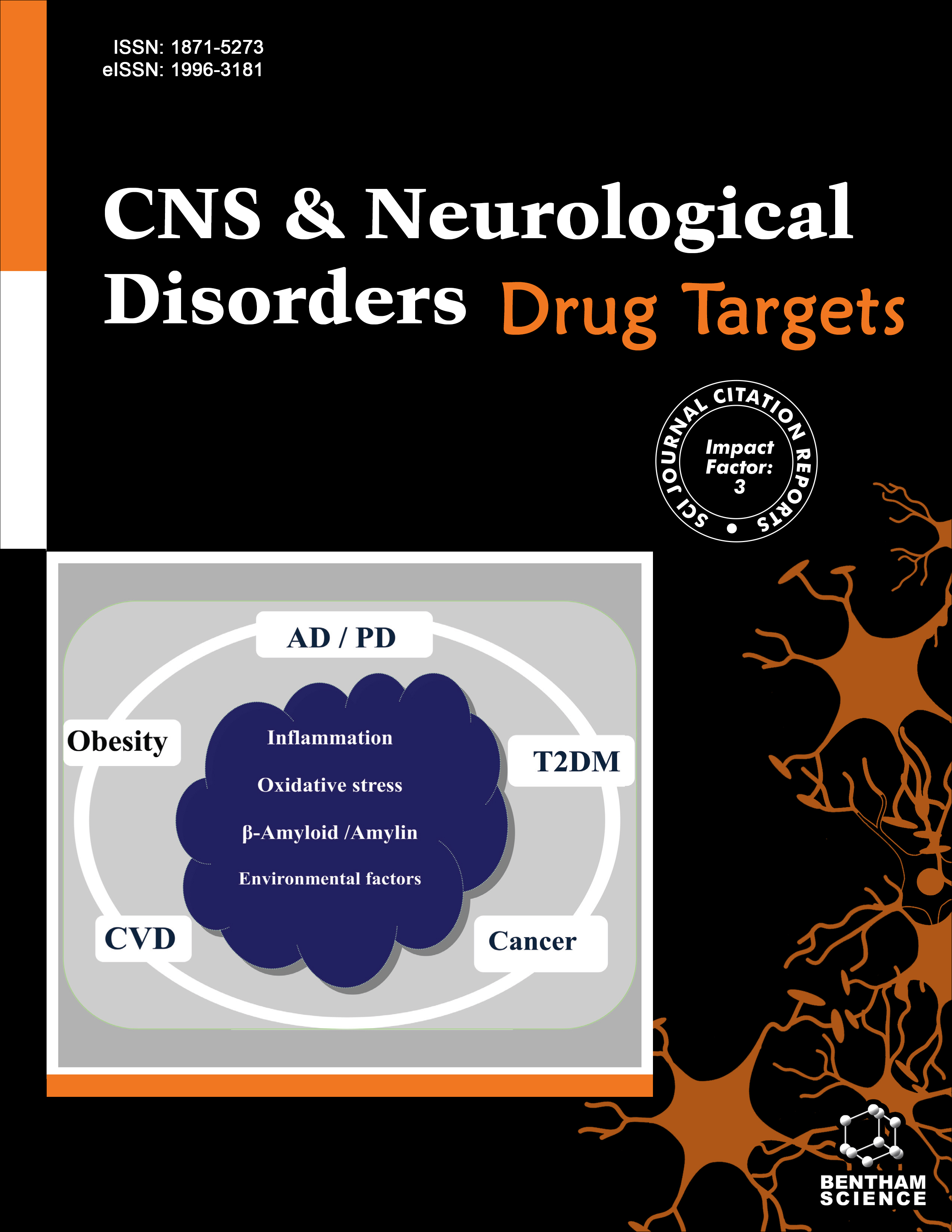
Full text loading...
We use cookies to track usage and preferences.I Understand
The involvement of psychological stress and Natural Killer T (NKT) cells in the pathophysiology of multiple sclerosis has been identified in the progression of this disease. Psychological stress can impact disease occurrence, relapse, and severity through its effects on the Hypothalamic-Pituitary-Adrenal (HPA) axis and immune responses. NKT cells are believed to play a pivotal role in the pathogenesis of multiple sclerosis, with recent evidence suggesting their distinct functional alterations following activation of the HPA axis under conditions of psychological stress. This review summarizes the associations between psychological stress, NKT cells, and multiple sclerosis while discussing the potential mechanism for how NKT cells mediate the effects of psychological stress on this disease.

Article metrics loading...

Full text loading...
References


Data & Media loading...

